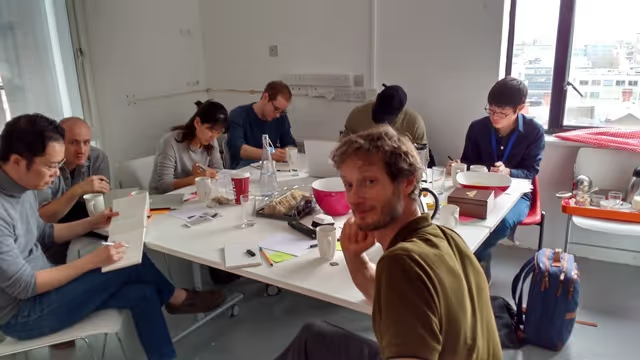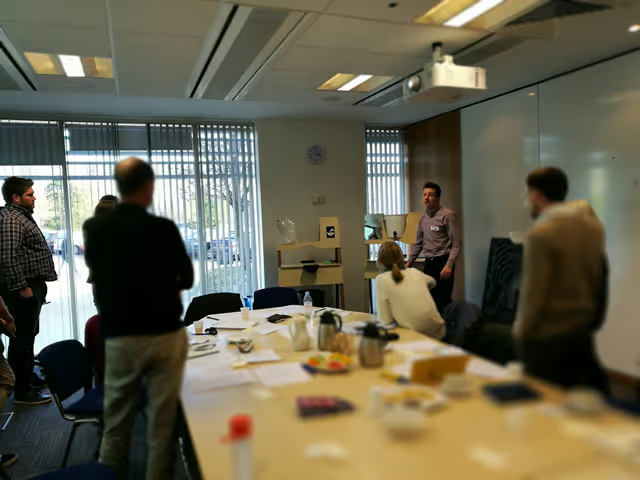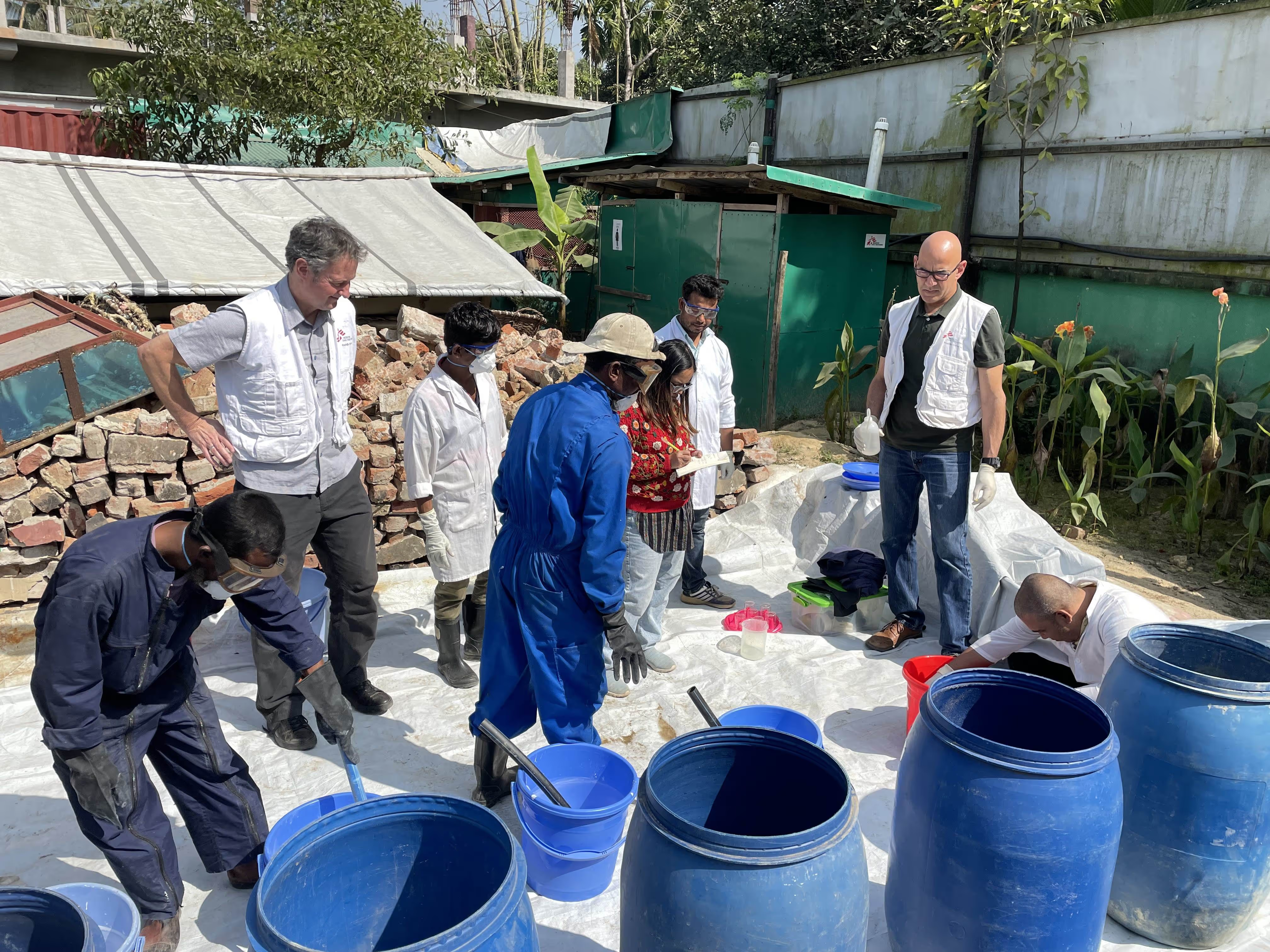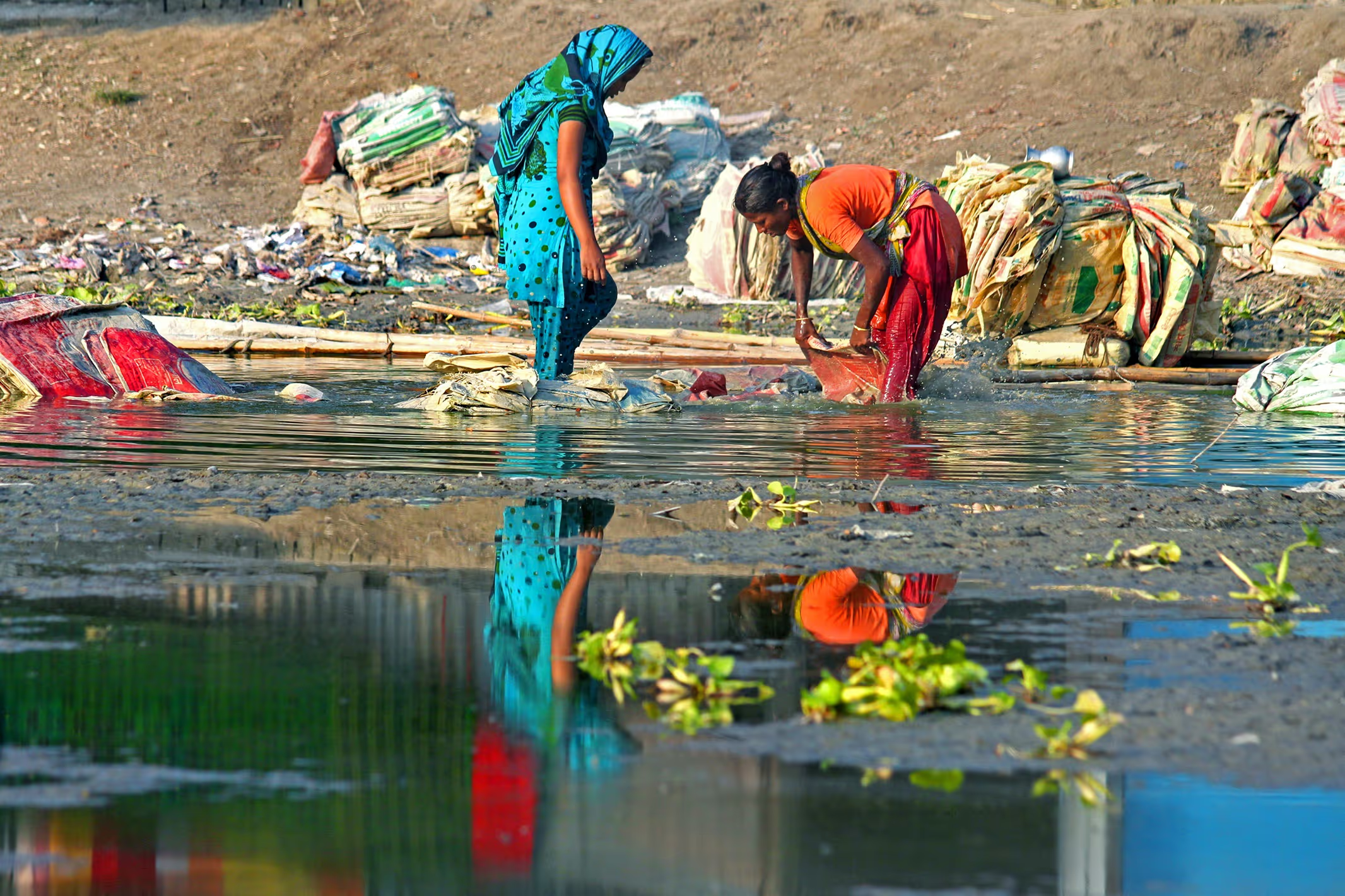Optimising the A-frame Handwashing Promotion and Practice Kit

Developing the promotion and practice hand-washing kit (PPHWK) kicked off with an inception meeting in Oxfam house, Oxford on 13 Jan 2017. It brought together all stakeholders and experts in design, behaviour-change hand-washing and logistics and WASH to re-establish project objectives, ways of working and the work plan. The day ended with the realisation that the current A frame HW kit that required optimisation needed to be taken back to the drawing table to ascertain that we have the best possible design and the best possible price.

Since the January inception meeting, follow on meetings were held in Feb, 2 in March and one in April, with most of the stakeholders agreeing on the ideal HW kit “must and should have” attributes (See Fig 1) as well as discussing different design options. A special meeting was also held with some design students at the Royal College of Arts, London to generate design ideas for different components of an ideal HW station that would meet all the set attributesList of ‘must have’ and ‘should have’ attributes required for optimization of the initial A-frame design
Must Have:
- Be durable and robust
- Easily set up
- Accessible and user-friendly to adults, children and the disabled
- Lower contamination likelihood at touch points
- Collect and remove effluent to prevent puddling around device
- Low maintenance, spare parts readily available
- Stackable
- Water storage of 20-30 litres
- Convenient access to soap
Should Have:
- Be low cost
- Theft and vandal resistant
- Be compatible with existing hand washing set ups
- Attractive appearance
- Lighting
- Mirror
- Low maintenance – filling frequency once a day
- Enable the display of hand washing messages
- Be able to present other nudges

By early March, five of the developed design options looked viable and by the end of March, it was narrowed down to one option. This is now being intensely reviewed and modified for vacuum formed production to make prototypes which will be tested initially in house before deploying them to Tanzania for field testing. Nduta camp in Tanzania was selected because it keeps receiving new influxes of refugees, which makes it an ideal setting to trial hand-washing stations next to newly constructed latrines for the new camp residents.
This optimisation of the original A frame PPHWK journey was supposed to last for 3 months however it will most likely take 4.5 months. The mode of production will also require a tooling mould (that may be initially expensive) but it will facilitate mass low cost production in the long run.
Photo Credit: Foyeke Tolani
Stay updated
Sign up for our newsletter to receive regular updates on resources, news, and insights like this. Don’t miss out on important information that can help you stay informed and engaged.
Related articles



Explore Elrha
Learn more about our mission, the organisations we support, and the resources we provide to drive research and innovation in humanitarian response.